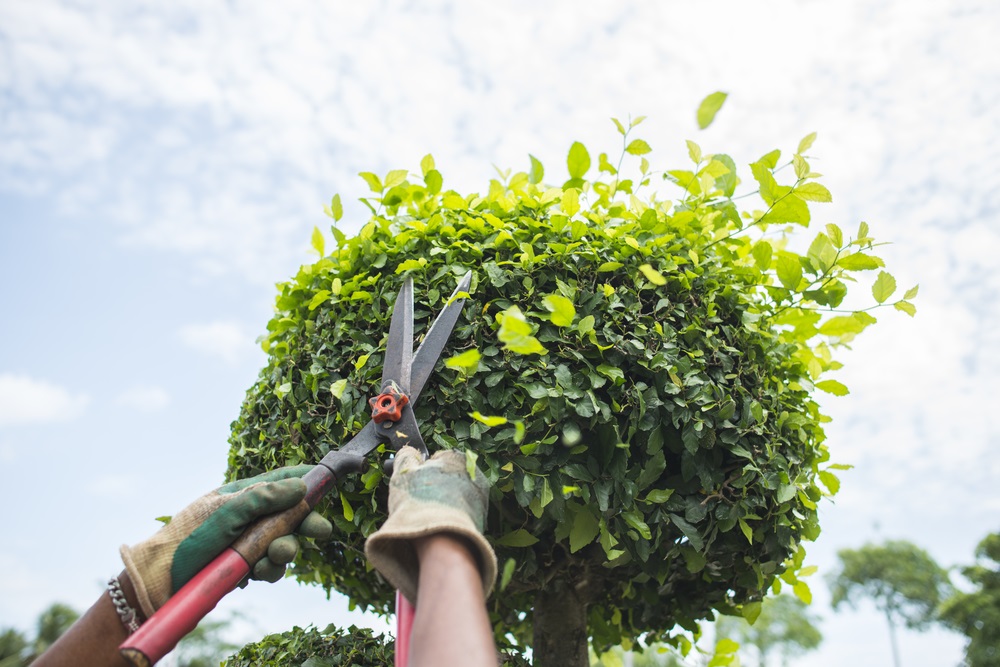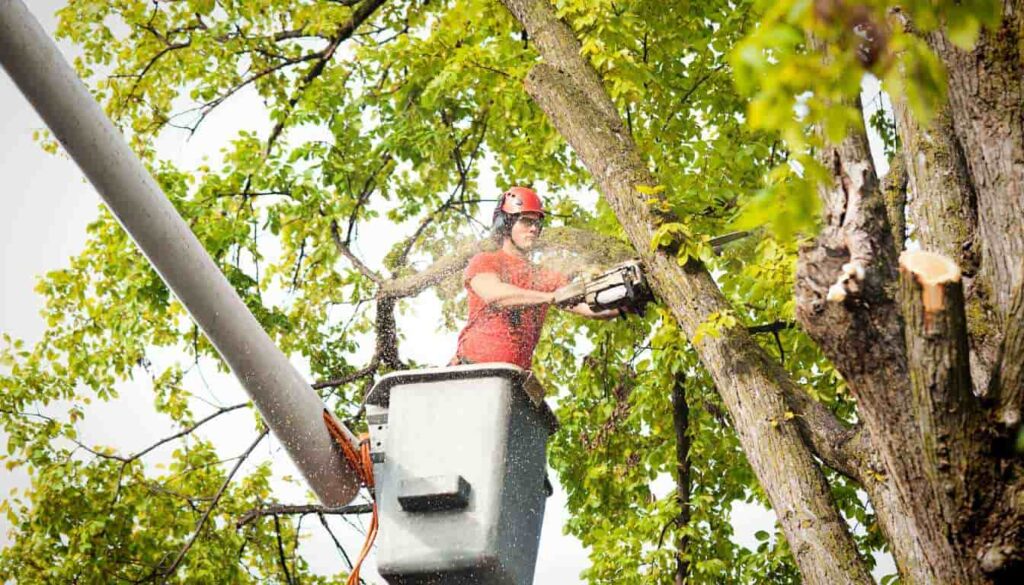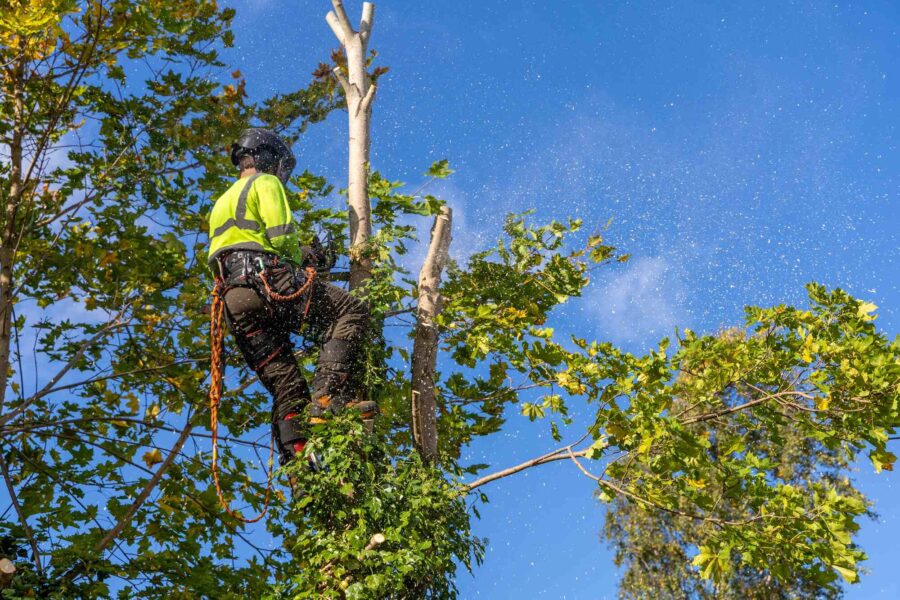Choosing the right arborist for tree pruning services is essential for maintaining the health, safety, and beauty of your trees. With an array of options available, understanding the intricacies of tree pruning and the qualifications of an arborist can empower you to make an informed decision. This article delves into the numerous factors to consider while selecting a skilled professional for tree care.
Understanding the Cost and Value
Costs for tree pruning services can vary widely depending on the complexity of the job and the arborist’s expertise. It’s essential to understand what’s included in the quoted price. In some cases, the lowest quote may not provide the best value.
Consider factors such as the quality of service, the time taken to complete the job, and the overall benefits to your trees. Investing in a reputable and skilled arborist can result in healthier trees and reduced long-term care costs. Additionally, a well-maintained tree can enhance your property’s aesthetic appeal and increase its value, making the initial investment in professional tree care a wise choice for homeowners looking to improve their landscape. You can visit https://analogforestrynetwork.org/the-cost-of-tree-pruning-in-sydney-what-you-need-to-know to get about the cost of tree pruning in Sydney.
Understanding the Importance of Tree Pruning
Tree pruning plays a significant role in maintaining the overall health and vitality of trees. Regular pruning removes dead or diseased branches, allowing for better air circulation and light penetration. This encourages healthier growth and minimizes the risk of pest infestations. Furthermore, pruning can also help in shaping the tree, guiding its growth in a way that is beneficial for both the tree and the surrounding environment. By carefully selecting which branches to prune, you can promote a balanced structure that supports the tree’s natural form.
Moreover, pruning can stimulate new growth and enhance the longevity of your trees. By encouraging a well-structured canopy, pruning ensures that your trees can withstand harsh weather conditions, reducing the chance of breakage during storms. In addition to these benefits, regular pruning can also improve the tree’s resistance to diseases. Healthy trees are more resilient, and by maintaining their structure and health, you can ensure that they thrive for generations to come.
The Role of Tree Pruning in Tree Health
Pruning is not merely about aesthetics; it is a crucial component of tree care. Properly executed pruning promotes healing and helps to prevent decay from setting in. Removing sick or infected branches prevents the spread of pathogens to the rest of the tree. This proactive approach to tree health is essential, especially in urban environments where trees face numerous stressors, such as pollution and limited soil space. By addressing these issues through regular pruning, you can significantly improve the resilience of your trees.
Additionally, frequent monitoring and maintenance through pruning can also identify problems early on, such as pest infestations or nutrient deficiencies. When performed by a qualified professional, these measures extend the life of your trees and contribute to a healthier landscape overall. The expertise of an arborist can also provide insights into the specific needs of different tree species, ensuring that each tree receives the care it requires to thrive in its unique environment.
Aesthetic and Safety Benefits of Tree Pruning
Aesthetically, tree pruning shapes your trees and contributes to the beauty of your property. A well-pruned tree can enhance the visual appeal of your landscape design, adding value to your home. Beyond mere appearance, proper pruning can also create a more inviting outdoor space, allowing for better views and more light to filter through, which can benefit surrounding plants and flowers. Click here to get more about the importance of tree pruning.
From a safety perspective, removing branches that hang over roofs or are near power lines is critical. Pruning mitigates risks associated with falling branches and prevents potential hazards during storms or high winds. Furthermore, maintaining tree height and spread can prevent obstruction of pathways and roadways, ensuring safe passage for pedestrians and vehicles alike. By prioritizing safety through regular pruning, you not only protect your property but also contribute to the overall safety of your community.

What is an Arborist and Why Do You Need One?
An arborist is a trained tree care professional who specializes in planting, caring for, and maintaining trees. Unlike landscapers, arborists have specific education and experience in the biology and care of trees, making them the most qualified individuals for tree pruning tasks.
Hiring an arborist is crucial, as they possess the knowledge required to assess tree health, diagnose problems, and execute proper pruning techniques. This expertise not only enhances tree health but also protects your property and investments. Trees are not just aesthetic features; they play a vital role in our ecosystem by providing oxygen, improving air quality, and supporting wildlife. Therefore, ensuring their health is essential for both environmental and economic reasons.
The Expertise of a Certified Arborist
A certified arborist has undergone extensive training and education, receiving certification from a reputable organization that validates their skills. These professionals are equipped with the latest techniques in tree care, ensuring that they can handle various tree species and health issues effectively. They understand the specific needs of different trees, including their growth patterns, nutrient requirements, and susceptibility to pests and diseases.
Furthermore, certified arborists stay abreast of industry best practices and new findings, which means they can offer the most effective solutions tailored to your specific situation. This ongoing education allows them to implement innovative techniques such as integrated pest management, which minimizes the use of chemicals while effectively controlling tree pests. Their comprehensive approach ensures that your trees not only survive but thrive in their environment.
The Risks of DIY Tree Pruning
While it may be tempting to attempt tree pruning as a DIY project, the risks often outweigh the benefits. Improper pruning can lead to severe damage, including stunted growth, disease susceptibility, and even tree death. Additionally, incorrect cuts can create entry points for pests and diseases, further jeopardizing the health of your trees and potentially spreading issues to other plants in your landscape.
Moreover, DIY pruning exposes you to potential hazards, especially when using ladders or if you’re working with large and heavy branches. The risk of falling or injuring yourself while trying to manage heavy tools can be significant. Engaging a professional arborist removes these risks while ensuring your trees receive the care they need. With their specialized equipment and safety training, arborists can perform pruning safely and efficiently, allowing you to enjoy the beauty of your trees without the associated dangers of DIY efforts.
Key Factors to Consider When Choosing an Arborist
Not all arborists are created equal. When choosing the right one for your tree pruning needs, it’s essential to evaluate several factors. These include their credentials, experience, and pricing structure.
Checking for Certification and Insurance
Before hiring an arborist, confirm that they are certified by a recognized organization, such as the International Society of Arboriculture (ISA). Certification ensures that the arborist has the necessary skills and knowledge to perform tree care professionally.
In addition to certification, verify that the arborist carries adequate insurance. This protects you from liability should an accident occur during the pruning process. An insured arborist shields both their workers and your property from unforeseen circumstances. Furthermore, a reputable arborist will be transparent about their insurance coverage, providing you with peace of mind as you engage their services.
Evaluating Experience and Reputation
Experience speaks volumes in the tree care industry. Look for an arborist who has years of hands-on experience and a strong reputation within your community. Reading online reviews and asking for references can provide insight into an arborist’s track record.
An established arborist with a solid reputation is likely to offer quality services consistently. Moreover, they will typically be more knowledgeable about various tree species and the unique needs associated with them. This expertise is especially crucial when dealing with specific issues such as pest infestations or diseases that may affect your trees, as a seasoned arborist can identify and address these problems effectively.

Questions to Ask a Potential Arborist
Before finalizing your decision, take the time to interview potential arborists. Ask specific questions to gauge their expertise and approach to tree pruning.
Inquiring About Their Pruning Techniques
Different arborists may employ various techniques based on the type and health of the tree. Inquiring about their methods can provide valuable insight into how they plan to care for your trees during pruning.
Additionally, ensure their techniques align with best practices for tree health, such as making clean cuts and avoiding excessive pruning that can stress the tree.
Discussing Tree Health Assessment
It’s vital to understand how the arborist assesses tree health before proceeding with pruning. A competent arborist should conduct a thorough inspection to identify disease, pest infestations, or structural issues that may require attention beyond pruning.
Discussing potential findings and how they will be addressed can give you confidence in the arborist’s comprehensive approach to tree care.
Understanding Their Cleanup Process
Tree pruning can create a significant amount of debris, which can be unsightly if not handled properly. Ask potential arborists about their cleanup processes: do they haul away branches and leaves, or will you be expected to handle the debris afterwards?
A professional arborist should have a clear plan for cleanup, ensuring your property is left tidy and free from hazards once the job is complete.
Making the Final Decision: Choosing Your Arborist
After evaluating your options and gathering information from potential arborists, it’s time to make your final decision. Several considerations can guide you in this process.
Weighing the Pros and Cons
Make a pros and cons list for each of the arborists you are considering. Take into account their qualifications, experience, cost, and any other factors that might influence your decision. A comprehensive overview will help you visualize the best choice for your needs.
Additionally, look for any red flags during your discussions. Lack of transparency or inability to answer your questions may indicate an arborist who is not a good fit.
Trusting Your Gut Feeling
Ultimately, trust your instincts when choosing an arborist. Your comfort level with their communication and professionalism should play a significant role in your decision. If you feel uncertain or uneasy about a particular arborist, it may be best to continue your search.
A positive client-arborist relationship is crucial for effective communication and successful tree care over time.
Ensuring Long-Term Tree Care
Once you’ve chosen an arborist, it’s essential to discuss future care for your trees. Regular check-ups and assessments can help ensure the ongoing health of your trees.
A good arborist will not only provide excellent pruning services but will also guide you on best practices for maintaining tree health, pest prevention strategies, and when to schedule future pruning. This proactive approach supports the long-term well-being of your trees and enhances your landscape for years to come.
In conclusion, selecting the right arborist for tree pruning services is a vital investment in the health and beauty of your trees. By understanding the importance of pruning, evaluating qualifications, and asking the right questions, you can find a qualified professional who meets your specific needs.


